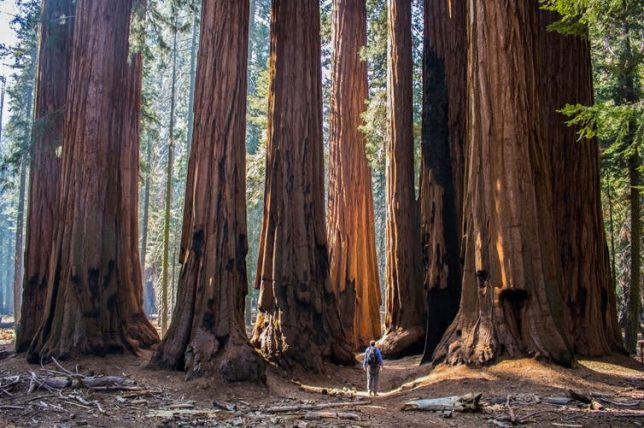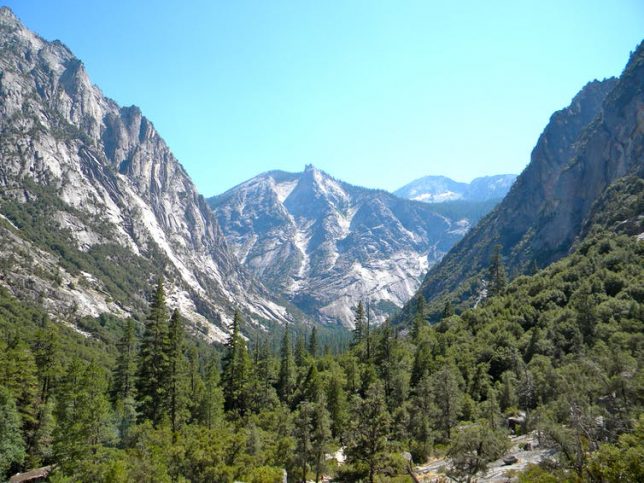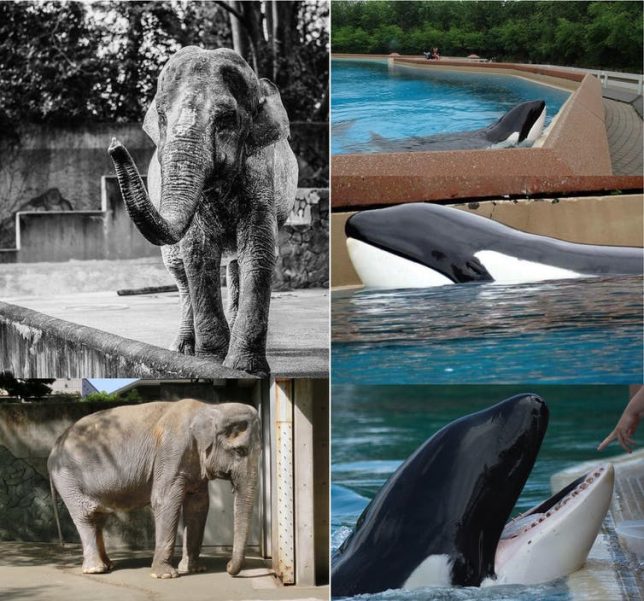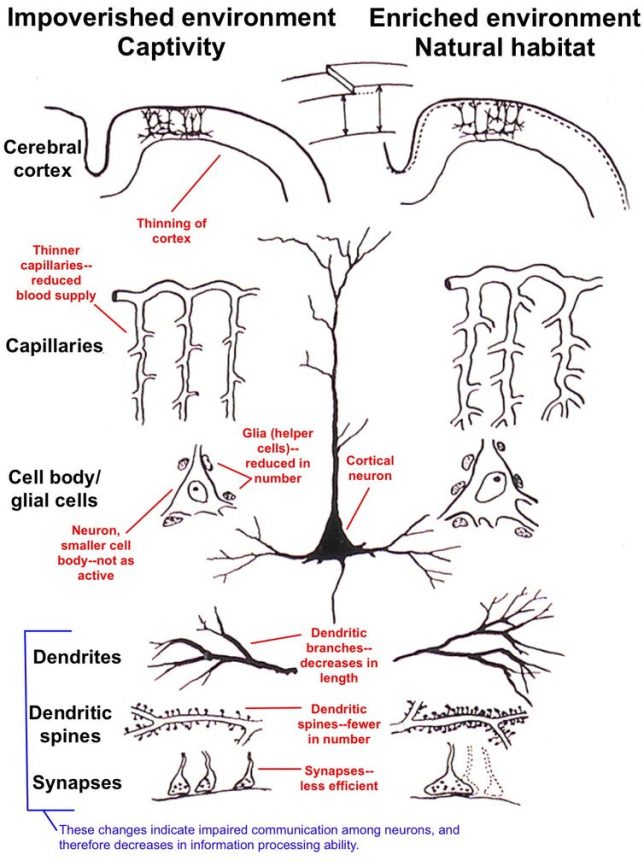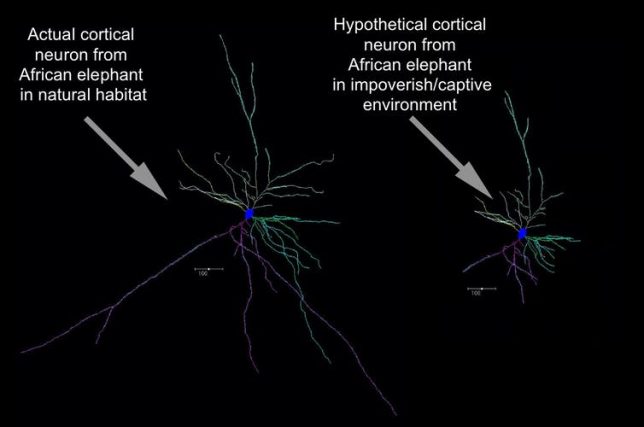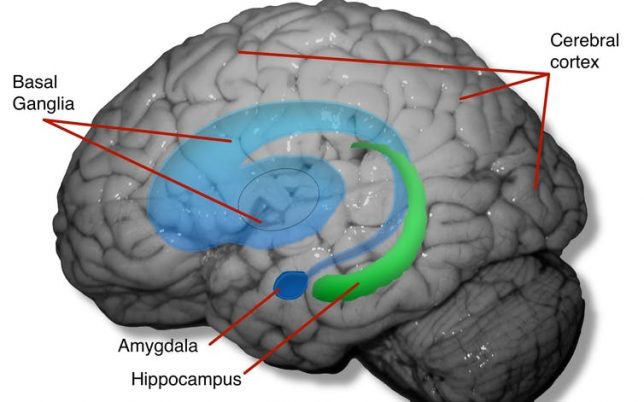Fijian Prime Minister Frank Bainimarama stressed that world leaders should not be allowed to “sneak in and out of Glasgow without making a single serious commitment.”
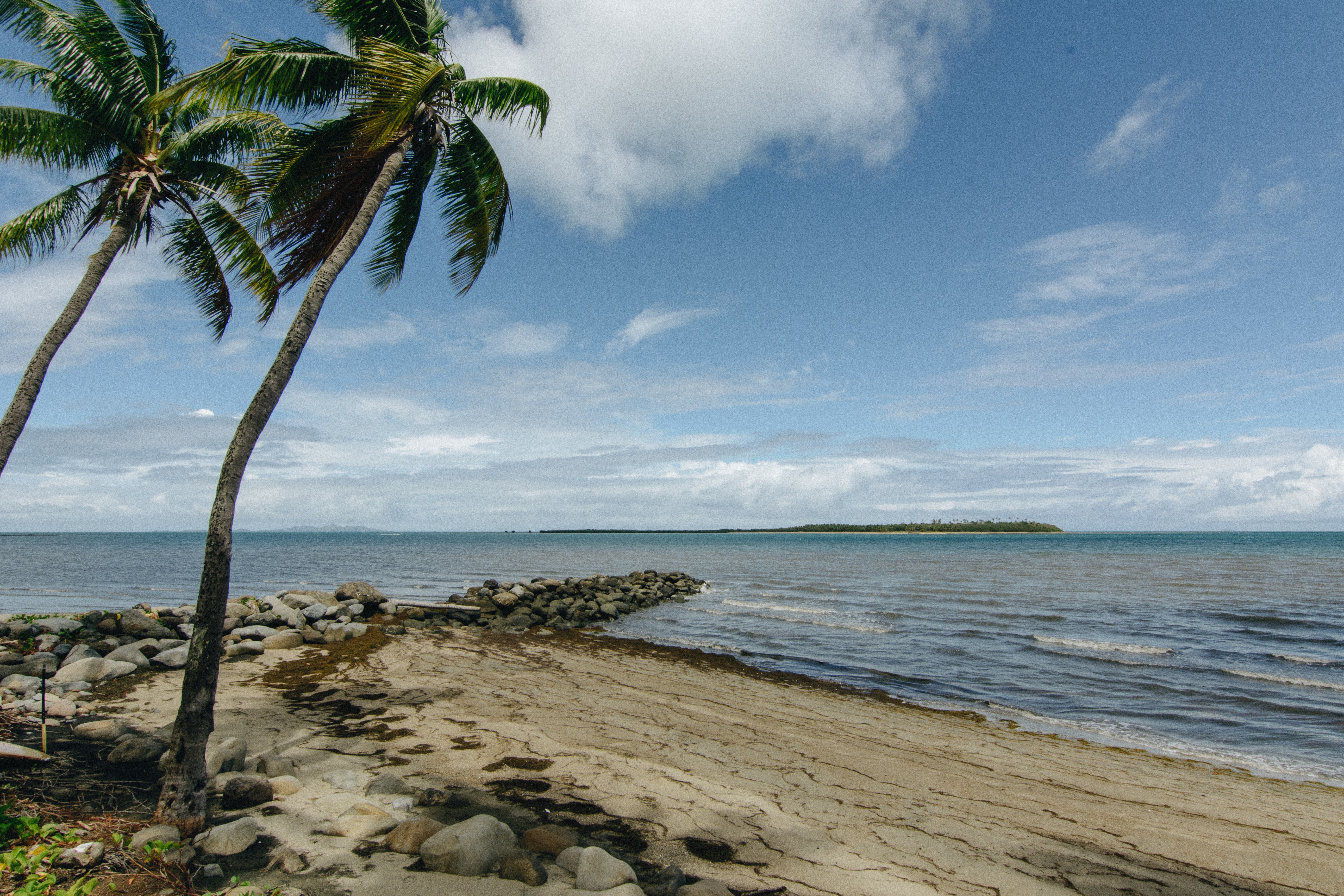
By Brett Wilkins, Common Dreams (CC BY-ND 3.0).
As world leaders prepare to jet off to this month’s United Nations Climate Change Conference in Scotland, the heads of several Pacific island nations in recent days urged world leaders to leave their good intentions at home and commit to urgent, meaningful climate action.
“We refuse to be the proverbial canaries in the coal mine, as we are so often called.”
—Fiji’s Prime Minister Frank Bainimarama
On Thursday, Fijian Prime Minister Frank Bainimarama, Marshallese President David Kabua, and Samoan Prime Minister Fiamē Naomi Mata’afa addressed the European Union-Indo-Pacific Virtual Conference on Climate Change.
“For our sake and all of humanity’s, small island developing states will use the full measure of our moral authority against major emitters who refuse to arrive in Glasgow with strong commitments,” Bainimarama told the conference, according to Agence France-Presse.
Bainimarama lamented that low-lying Pacific island nations—which are among the least responsible for the climate emergency and but most adversely affected by it—stressed that the Glasgow summit, also known as COP 26, must not end in “a litany of good intentions.”
“The consequences of inaction are unthinkable,” he said. “The loss of entire islands, as well as vast stretches of coastline from Lagos to Venice to Miami, the coastal belt of Bangladesh. Mass climate-driven migration, wildfire seasons in arid regions that incinerate homes, farms, ecosystems, and an unimaginable loss of biodiversity—the list of horrors goes on.”
Fiji’s PM Frank Bainimarama has called on Pacific nations not to allow world leaders to “sneak in and out of [COP26 in] Glasgow without making a single serious commitment…Our actions will decide whether islands exist or are lost to the rising seas.” @smh https://t.co/G6qAFdX0Vu
— Climate Council (@climatecouncil) October 6, 2021
Earlier this week, Bainimarama angrily told a forum organized by former U.S. Vice President Al Gore’s Climate Reality Project that “we refuse to be the proverbial canaries in the coal mine, as we are so often called.”
“We want more of ourselves than to be helpless songbirds whose demand serves as a warning to others,” he said, urging Pacific island nations to not allow world leaders to “sneak in and out of Glasgow without making a single serious commitment.”
According to The Syndey Morning Herald:
Bainimarama said Pacific Island nations will demand that… wealthier countries make good on the commitment they made during the Paris talks to extend to developing nations $100 billion in finance annually for climate adaptation and mitigation; and to commit to emission cuts that keep the 1.5°C warming target within reach.
“That is our expectation for every nation,” said Bainimarama. “Our actions will decide whether islands exist or are lost to the rising seas.”
“Pacific Island nations are tired of reiterating their people’s suffering and applauding their resilience in the face of climate change.”
— Mehreen Faruqi (@MehreenFaruqi) October 7, 2021
It is simply abhorrent to turn a blind eye to what is happening in the Pacific. https://www.abc.net.au/listen/programs/pm/pacific-nations-pressure-rich-nations-on-climate-change/13573152
Kabua said Thursday that “my country and this region needs the world to recognize that this cannot wait.”
“We face the most difficult questions—which islands to preserve, what happens when our people are forced to move against their will, how will we preserve our culture?” he said. “We need a signal from the rest of the world, particularly the large emitters, that our voices and our needs are being heard.”
Mata’afa told the E.U.-backed conference that “we are already experiencing intense and frequent tropical cyclones and droughts, increased heavy precipitation and floods, ocean warming, and acidification. The impacts are detrimental to our health, wellbeing, livelihoods, and way of life.”
Speaking late last month at the United Nations General Assembly, she stressed: “It is about action for survival, and we all need to shoulder our responsibilities and play our part. The big polluters and emitters need to demonstrate more commitment and leadership.”
“The upcoming COP in Glasgow is our point of no return,” she added. “Our commitments from there onwards will determine the future trajectory of our planet. Can we avoid a climate catastrophe in our children’s lifetime?”

